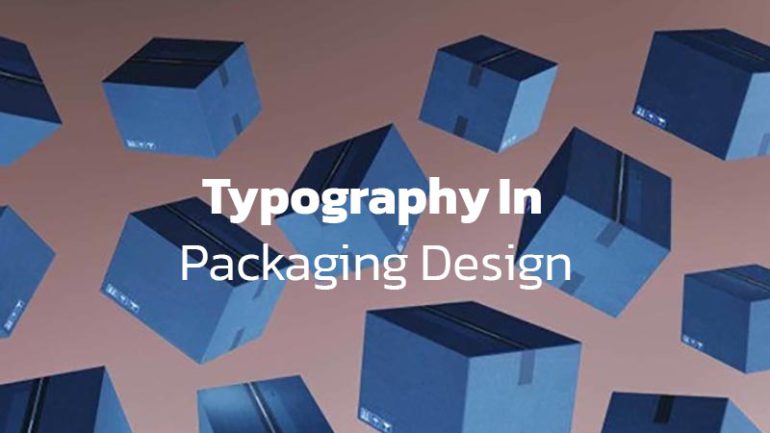Typography is the main medium utilized in package design, communicating the product’s name, purpose, and pertinent facts to many people. Words, letterforms, layout, and typography affect how type is read. Typography in Packaging design must be carefully considered and detailed. Follow US.
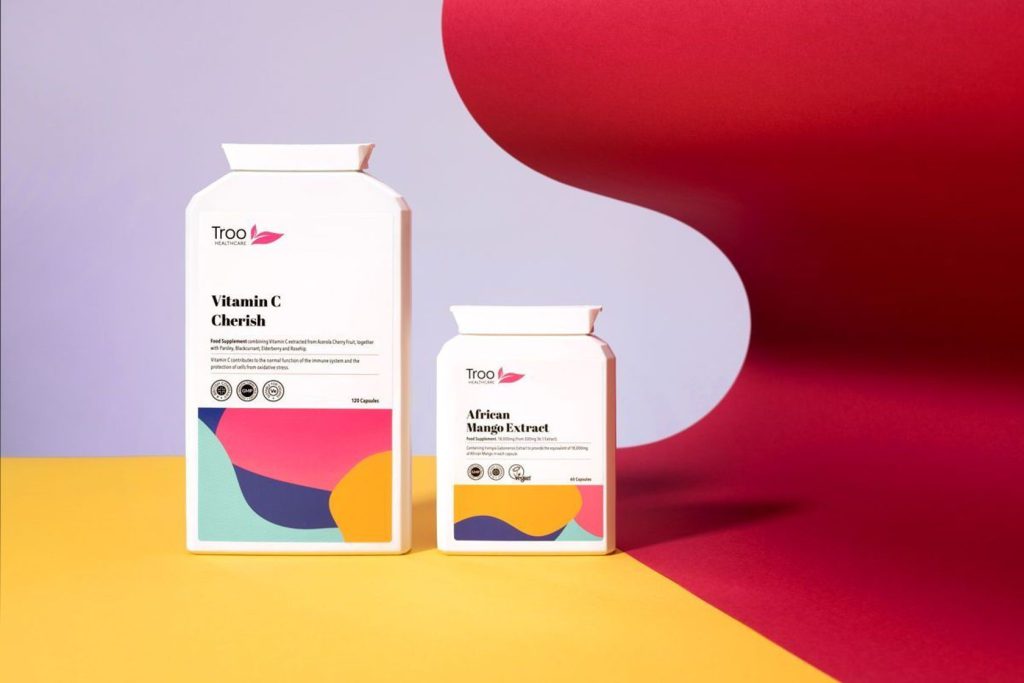
Steps of Typography in Packaging Design
Packaging Shape and Size
Rectangular boxes can accommodate several goods and work well when additional ones are added. Rectangle packing simplifies shipping and shelf organization. Square and rectangular CPG packaging are popular due to their versatility.
Typeface and Font
A package designer needs the right typeface to convey the required meanings and emotions and elicit positive behaviors. Given that, you should now see that typography isn’t confined to Pinterest’s pretty items. It’s also about paragraphed language on packaging’s back, bottom, or sides.
Font Size
Maintain a font size of at least 7 points or greater, particularly if it is extremely thin. Pro-tip! The weight of the typeface may also have an impact on the print quality. It’s possible that you’re treading on thin ice if your font is just 5 points and very thin.
Line Spacing
In general, the line spacing should be anywhere between 120% and 145% of the point size for the best results. You are able to set line spacing as a multiple in the majority of word programmers as well as in CSS. You might also use your arithmetic skills and multiply the point value by the percentage.
Related Article: Packaging Printing; Steps, Methods & Needs

Hierarchy (3 parts, Primary, Secondary, Tertiary)
“Typographic decisions relate to what are called hierarchies of information since, in any design, some things will need to be read first, with secondary information following” (Graphic Design School, fifth edition, 2014). From the Graphic Design School’s latest publication. Typography may emphasize, segregate, and organize information in package design.
Whitespace
In typography, “whitespace” is any letter or sequence of letters that symbolizes horizontal or vertical space. While occupying a page, a whitespace character is not a visible mark. U+0020 SPACE, commonly known as ASCII 32, is a punctuation character that symbolizes a blank space and separates words in Western scripts.
Wise color selection and contrast
As far as the general public is concerned, Wise is environmentally conscious. To us, though, it seems to be Bright Green, Forest Green, and white, with an 8% tinge of Forest Green tossed into the mix. Because we are a company that operates on a worldwide scale, our secondary colour palette is influenced by the brilliant and energizing hues that can be seen all over the globe.
Intelligent Typography (with a strategy)
The use of typography is also a component of that equation. Every component of your typographic strategy contributes in some way to the simplification of your workflow and the improvement of the work that your designers create while adhering to their deadlines.
Related Article: Key Steps In Packaging Design Process

Tips for Typography design in packaging
Less is more
You’ve probably all seen those advertisements, billboards, or banners that employ more varieties of fonts than there are phrases in the copy. That is never an encouraging omen. Always keep in mind that “less is more.” The fact that it is also accurate contributes to its status as a well-known cliché.
Upper and lower case versus all caps
Uppercase letters, sometimes known as capital letters because of their bigger size, are the kind of letters that are used at the beginning of sentences, for proper nouns, and in abbreviations. In addition, they may serve simply aesthetic functions, such as in the case of display signs, where they might be used. Every other circumstance calls for the use of lowercase letters.
Color Considerations
Instead of referring to literal colour in the sense of a palette or swatch, the term “colour” in typography refers to the total presence of type on a page, including the brightness and darkness of the text in comparison to the negative space.
Related Article: Packaging Color; Add Emotion to Product
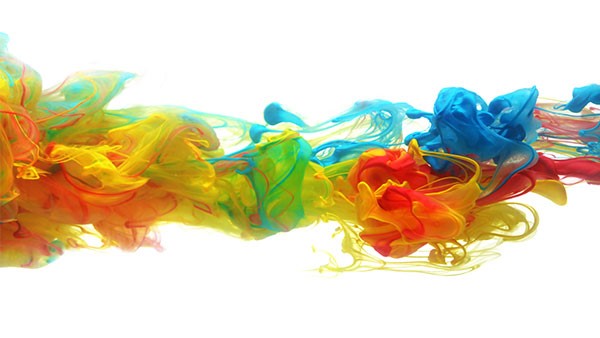
Counter
The portion of a letter that is totally or partly encompassed by a letter form or a symbol is referred to as the counter in typography. This area is also referred to as the counter space or the hole.
Pairing
The objective of font pairing is to choose a variety of typefaces (typically no more than three) that contrast one another in a manner that is pleasing to the eye. Because of this, it is recommended to match fonts that are completely different from one another. The following information on serif, sans serif, ornamental, and script typefaces is provided for your perusal without further ado.
Orientation of Stress
The thickening of the curved strokes that make up a curved letter, as well as the location or angle of this thickening in reference to the vertical axis, is referred to as the letter’s stress. The concept of stress, which is an essential component of the majority of font and lettering styles, originates from a similar aspect of writing that is formed using a writing tool that has a wide edge.
The Kind of Customers
Understanding three client categories helps choose packaging fonts. Packaging-focused buyers Like first love. “I’m one of those designers who always winds up choosing the product that has the better design, even if it’s not the best one,” said 2014 Uncreative author Julya Buhain. Some disregard structure. They value quality, design, practicality, and durability.
Brand/Product Name
Instead of using pre-made templates, employ a customized typeface to make the company or product name stand out from the rest of the design components in the package. Make sure the typeface you choose or design for your brand is huge and strong, or all capital letters.
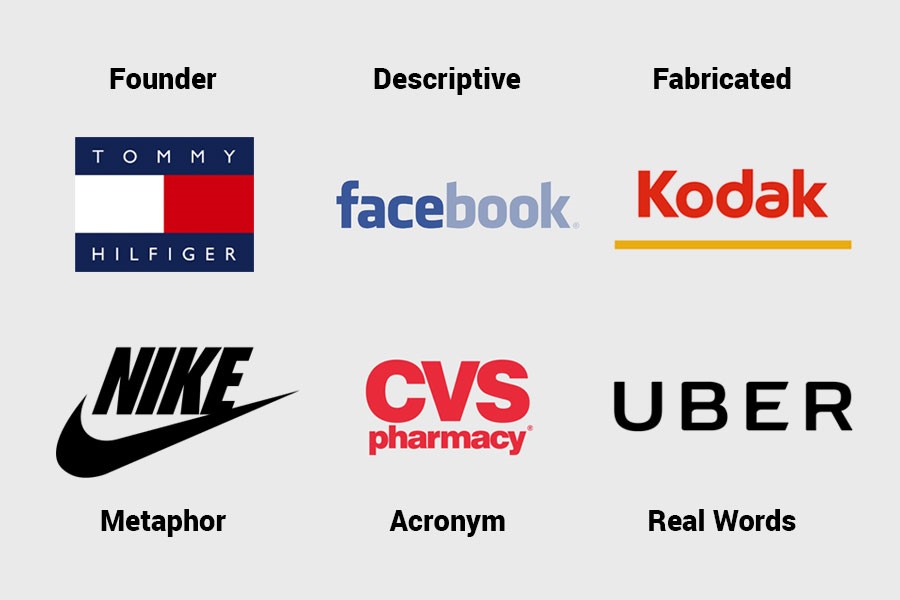
The Nitty-Gritties
Secondary and tertiary information should be simple to grasp; therefore, packaging employs basic serif and sans serif types. Ornate fonts should be avoided unless the product and audience warrant it. Today’s designers use unusual, flamboyant methods.
Importance Of Typography In Packaging Design
Capturing Customer Attention
The use of typefaces and sizes that contrast with one another is one technique that may be used in typography to attract attention. For instance, a huge headline that is bold followed by body text that is smaller and more subdued may create a powerful visual hierarchy that directs the reader’s attention to the information that is most essential.
The first step is to encourage current or potential customers to pick up your goods from three feet away. You’ve lost the sale if people pass by without noticing your wares. Typography is one of the factors that helps you succeed.
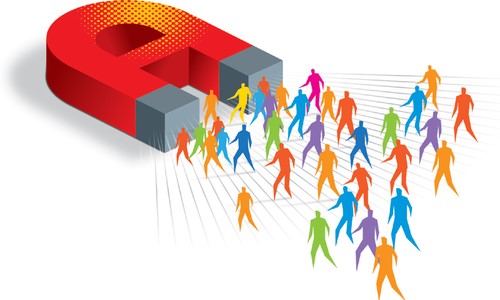
Conveying Brand Identity
Typography helps firms create a lasting visual language that consumers remember. Typography may convey a company’s atmosphere. Different typefaces may evoke different emotions.
Enhancing Readability
Readability refers to the ease with which a reader can effectively decode, process, and make sense of the content that they are reading. Readability centers on the reader. The letter form, size, and spacing all have substantial effects on the reader’s ability to fluently comprehend and read the text. The typographical elements of the text are essential.
Establishing Hierarchy
The visual structure of the text is comprised of three primary divisions. These elements—the headline, the subheading, and the body—are responsible for making the design more attractive to the eye and simpler to traverse. This enables readers to swiftly browse for material that is important to them.
Differentiating from Competitors
The use of multiple fonts and styles provides a chance to differentiate and establish a distinct visual identity. A company may differentiate itself from its rivals by picking unique fonts, personalizing letterforms, or developing a one-of-a-kind typographic logo, all of which are ways to work with typography.

Evokes Product Essence and Experience
Typography, at its core, refers to the practice of organizing text in a manner that is not only readable but also fascinating to the reader and most effectively conveys the intended meaning. It encompasses the arrangement, spacing, sizes, hierarchy, colour, and integration of type across a wide range of media and covers those elements.
Cultural Considerations and Localizations
Cultural localization involves changing a text so that end users receive the content exactly as intended, with all of the evocative power of the original form, and so that the translation seems like it came from the target language and culture. It encompasses these.
Aids in Positioning Your Brand
Typography may help with brand positioning. How you position your brand in the market depends on what you offer and how others view you. The fonts and content layout of your package design will influence how people perceive your brand.
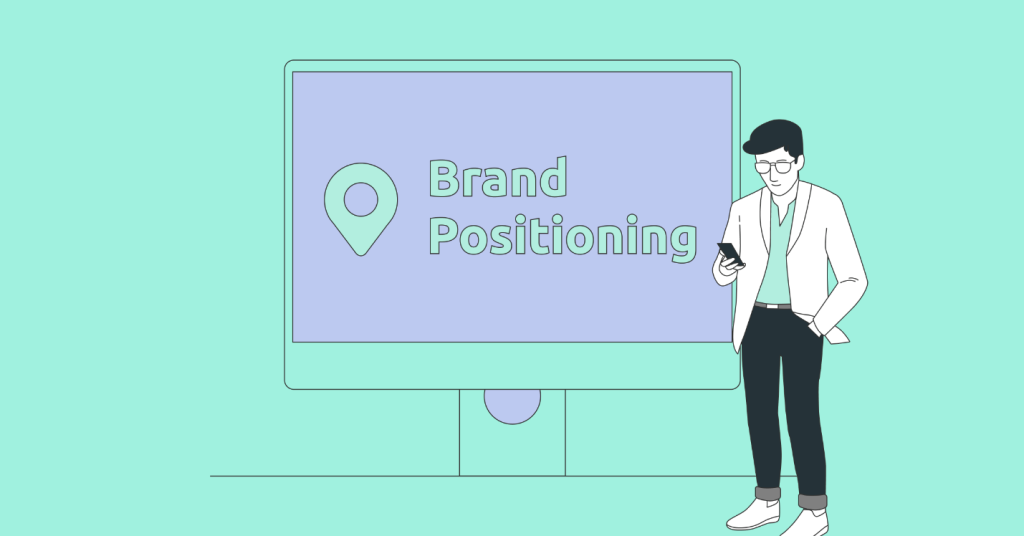
Helps Differentiate Your Brand
You have probably noticed that the typography on various items is different. This is one way that a company may differentiate itself from competitors in the market. A consumer has the ability to recognize items and brands with relative ease. The selection of various fonts and arrangements of those fonts may help distinguish the packaging of different businesses.
Defines Your Product Better
According to UK researchers Carolyn Knight and Jessica Glaser, “visual elements of typography speak louder than words.” When typography is “carefully selected,” visual language becomes more potent (Smashing Magazine, 2012). Typography may express product information in a limited space.
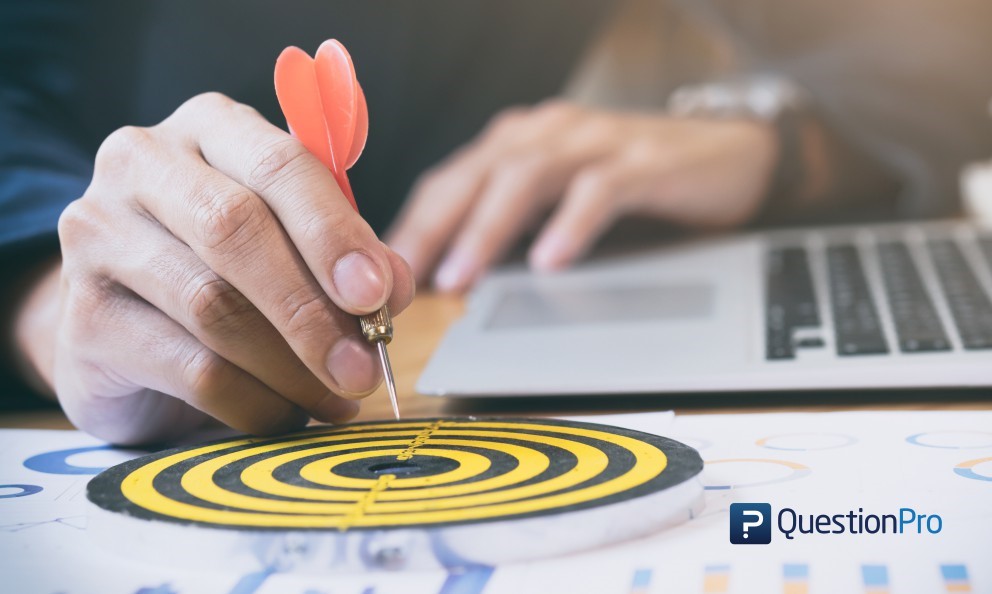
Affects Customer Preference
Walter Landor, a package design expert, said, “The challenge is tremendous, of course, in a competitive economic system to make sure that people respond more favorably to this brand as a result of a package,” which is done by making a product “easier for someone to buy.” Typography may help sell products and make customers happy.
Uplifts Appearance of Packaging
When it comes to enticing customers via design, visual content accounts for 95% of the total share. Images, colour, and well-considered typography are all included. The arrangement of fonts in various ways and for a variety of reasons may provide a wide variety of effects.
Creates Hierarchy in Design
Carrie Cousins believes “hierarchy gives readers a sense of how to actually read material from start to finish with visual cues and flow.” Carol says, “Hierarchy gives readers a sense of how to actually read material from start to finish.” Typography directs consumers. This clever marketing approach emphasizes brand and product above components and procedures.
Quantity
In “Become a Master Designer,” William Beachy writes, “The best way to accomplish a consistent look to your design is by limiting the number of artistic motifs (themes) that you use.” Rule #1: “Limit your fonts.” Start with fewer fonts. I like designing with two typefaces. Common graphic design guidelines.
Personality
Every living thing and inanimate object has a personality. When paired with typography, fonts may convey ideas and elicit emotions. Packaging fonts attract existing and potential customers from at least three feet away.
Layout
Typography depends on package content. Main and secondary information are usually in the first section. All written information for consumer items is on the back.

Alignment
I’m particular about alignment. Are you? This design idea balances, simplifies, and visually connects typography and other design elements in package design. Alignment emphasizes and organizes crucial information on packaging. We may center, top left, vertically left, or slant left on the brand or product name.
Scale
Typography and font size are closely related. Primary information must be at least 192 points, secondary material between 24 and 55 points, and tertiary information frequently 8 to 10 points.
Factors Affecting Typography in Packaging Design
Product Type
The layout of the product’s packaging is influenced by the kind of product being sold. The “type” may be classified in a number of different ways. It might be good for consumers or businesses, a high-end brand or a high-street brand, a certain sort of food, or even a piece of technology.
Package Shape/Size
There is a wide variety of options accessible in terms of the designs, sizes, and forms of packaging. The characteristics of a package are modified both by the kind of goods it contains and the brand it bears. As a result, this has an effect on the way that graphic designers use typography in their work.
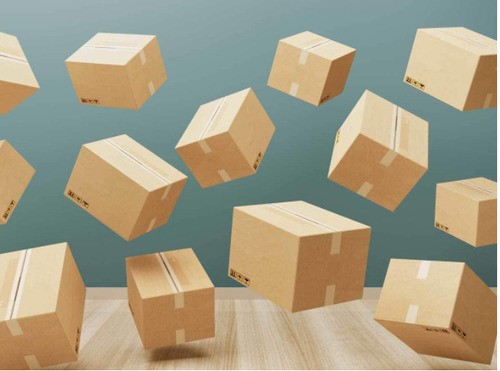
Product Labels
Labels affect package aesthetics and type. Customers may get labels in any shape. Manufacturers must label some things according to FDA guidelines.
Target Market
Researching the target market is the single most important aspect of any form of design. When it comes to the art and science of typography, the method by which your present information is heavily influenced by the specifics of your clients.
Design Imagery
All of the other design elements have an impact on the decisions you make when creating packaging, including the style, size, and composition of the typography. The positioning of a variety of visual elements, such as a logo design, images, infographics, charts, icons, shapes, and doodles, among other things, has an effect on the way text is organized.
Typography Trends in Packaging Design
Creating Backgrounds
Typography may create optical illusions, among other purposes. Embossing and die-cutting give packaging designs texture. Using several fonts and sizes achieves this effect. Typography is another box background choice.
Framing Typography
Brand names, product types, slogans, and other prominent words or phrases may be framed. This is part of the 2D packaging design, not the label. This innovative marketing technique draws customers’ attention to the content.
Minimalism
The graphic designers and the people who hire them are the ones who get to define the scope of the minimalist movement in design. While some package designs go to excessive lengths to implement the latest design trend, others take a more measured approach.
Old-Fashioned Style
Ideas that are considered vintage or retro are being included in the work of graphic designers. The same ruse is being used in the packaging of other goods such as tea, wine, mint toffees, chewing gum, polish, and beauty lotions, amongst other things.
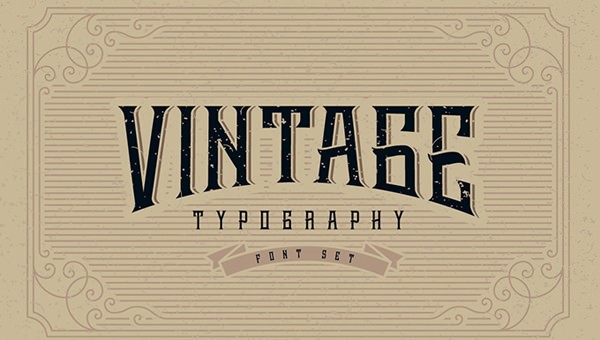
Conclusion
Typography in package design is crucial to its efficacy and aesthetics. It uses fonts, sizes, colours, and space to organize information and communicate the brand’s identity to consumers. Packaging typography must consider the target demographic, product type, and brand personality. Typography should communicate the product’s name, characteristics, and advantages. It should also look good and stick out on the shelf. Fonts may transmit emotions and personalities, which can affect package design. Tech products may use a current sans-serif typeface, whereas luxury brands may use a serif font. Packaging typography includes font selection, size, spacing, and colour. Font size and spacing should be optimized to establish a clear hierarchy of information. Colour may emphasize important information or provide a brand-appropriate ambiance. Typography is really an important part of packaging design.
Capturing Customer Attention
Conveying Brand Identity
Enhancing Readability
Establishing Hierarchy
Differentiating from Competitors
Evokes Product Essence and Experience
Cultural Considerations and Localizations
Aids in Positioning Your Brand
Helps Differentiate Your Brand
Defines Your Product Better
Affects Customer Preference
Creating Backgrounds
Framing Typography
Minimalism
Old-Fashioned Style
Packaging Shape and Size
Typeface and Font
Font Size
Line Spacing

